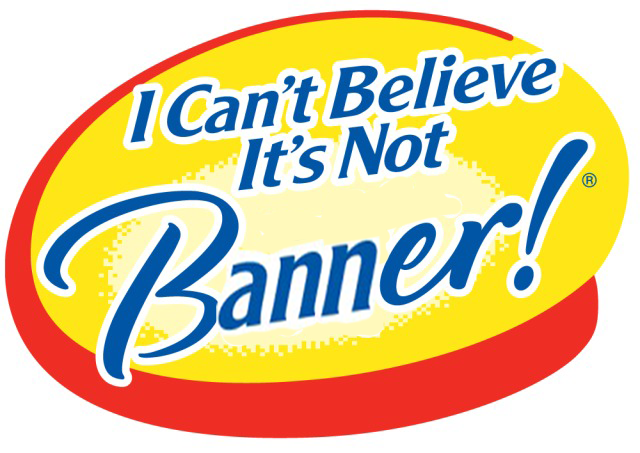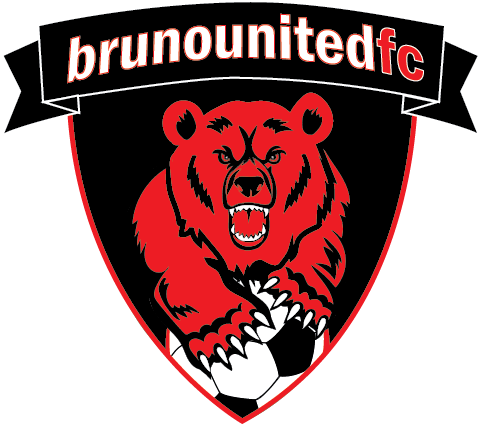skateboarding. programming. surfing. guitar. golf. woodworking. bird-watching. cooking. drawing. All skills that take time to develop. Aptitude is required but I want to unbox that a bit in this post.
This is soooooo general, but we often compare ourselves to others to get an idea of who we are.
“I tried and I’m not good at that” instead of “I could be good at that if I spend the time to learn the underlying skills required to perform at that level”. What I mean is you don’t learn to play songs on the guitar without first developing finger muscles, learning notes, chords and scales and how to read music.
Let’s take cooking. I’m a good cook. I learned to be good at cooking by watching cooking shows, reading cookbooks and committing concepts to memory. I have taken deep dives into many focus areas. For example, I spent a lot of time trying to define what makes a good scrambled egg and how to make them good every time. The goal is nicely seasoned, non-greasy, tender curds. I find that most bad eggs are a result of overcooking. Is it reasonable to assume that anyone can make a good scrambled egg? Yes. The person would have to pay attention to the several variables and focus on the goal. Not a lot of talent involved.
For a while, I have perceived certain professional ineptitudes as a lack of ability. I think this attitude doesn’t serve me well. I’d like to push myself to focus on some learning goals, for which, I will approach learning in a systematic manner. Learning goals will be achieved with research and lab experiments. If I’m having trouble learning something, I’ll try to see if there is an underlying concept that I need to focus on in order to understand the entire task or learning goal.
That’s the point of this post. If I can slow down and approach learning in this way, I will learn a lot of new things. It sounds a little hokey but those new pieces of knowledge will be part of who I am.
Thus, how we learn is directly related to who we are.


